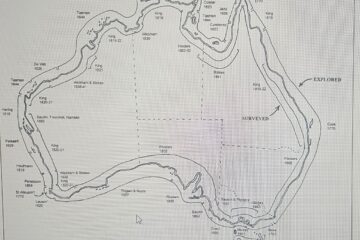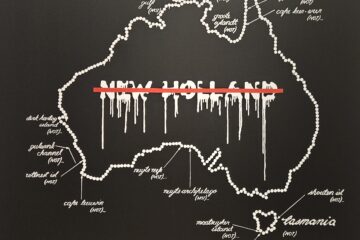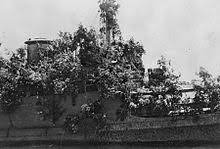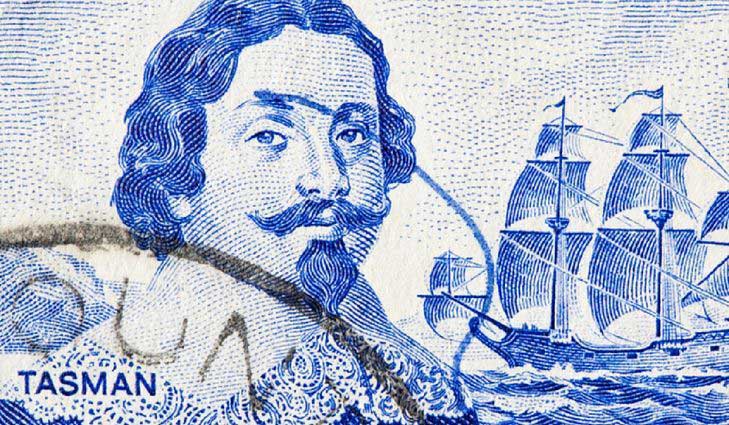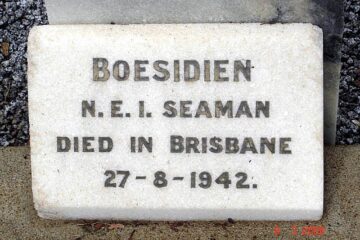Dutch Voyages and Charting of the coast of Western Australia 1616-1727
YEAR NAVIGATORS VESSELS LOCATIONS KEY EVENTS KEY REFERENCES 1616 Dirk Hartog Eendracht Dirk Hartog Island 1st recorded sighting of west coast of Australia. Arrived 25 October, sailed 27 October. Left Hartog Plate. Major pp.ixxxi-xxxiv; Heeres pp.8-10 1618 Haevik Claesz. van Hillegom Zeewolf North West Cape Sighted North West Cape on Read more…
